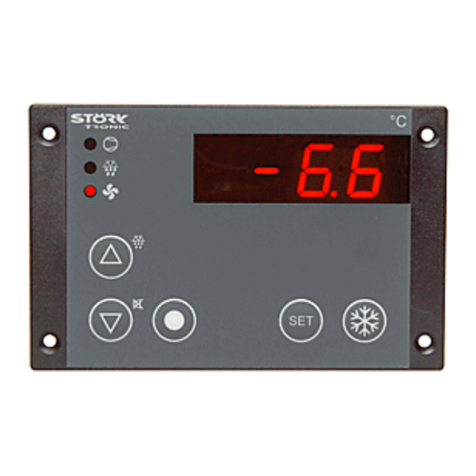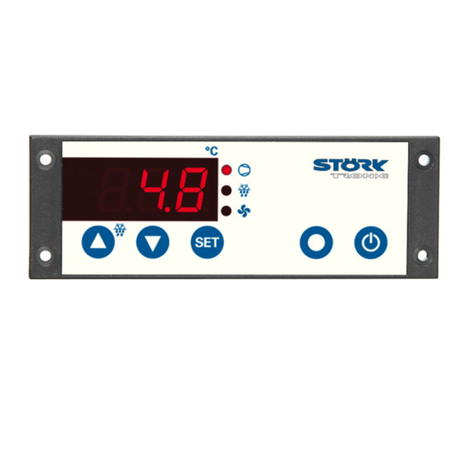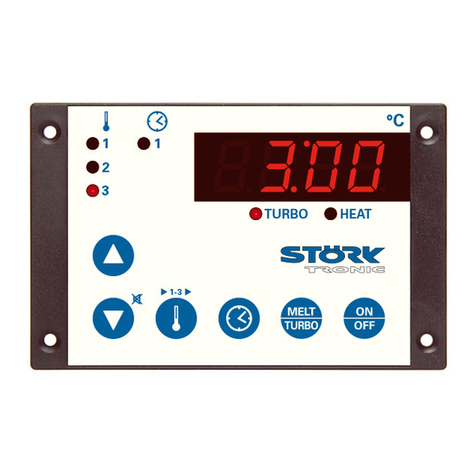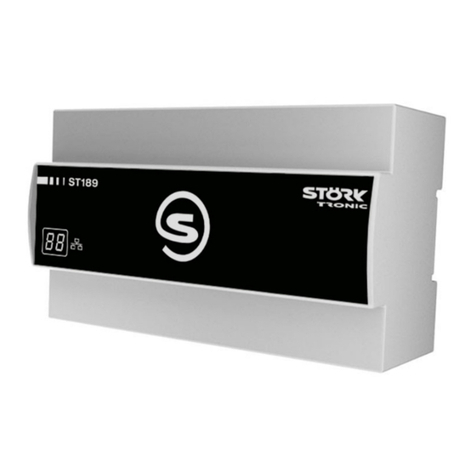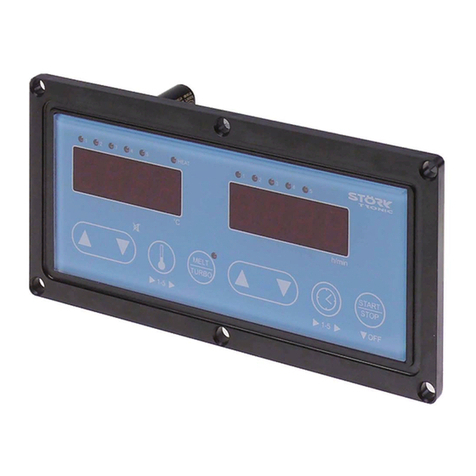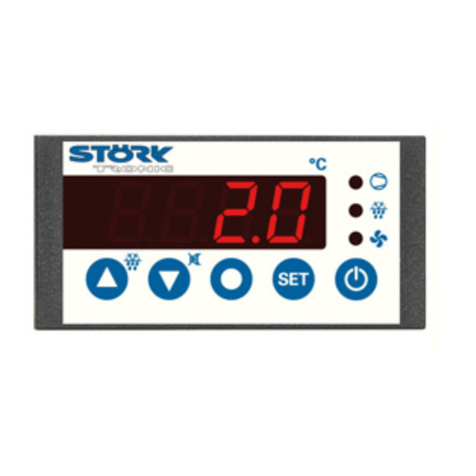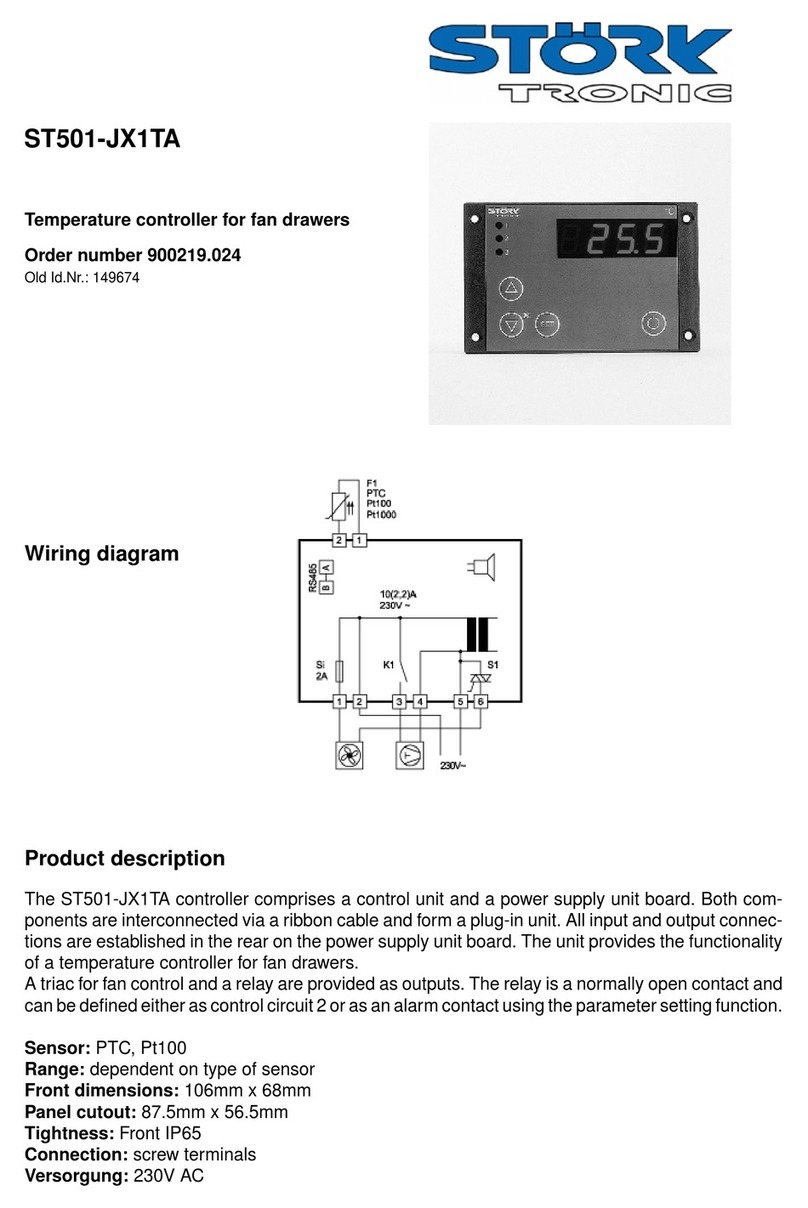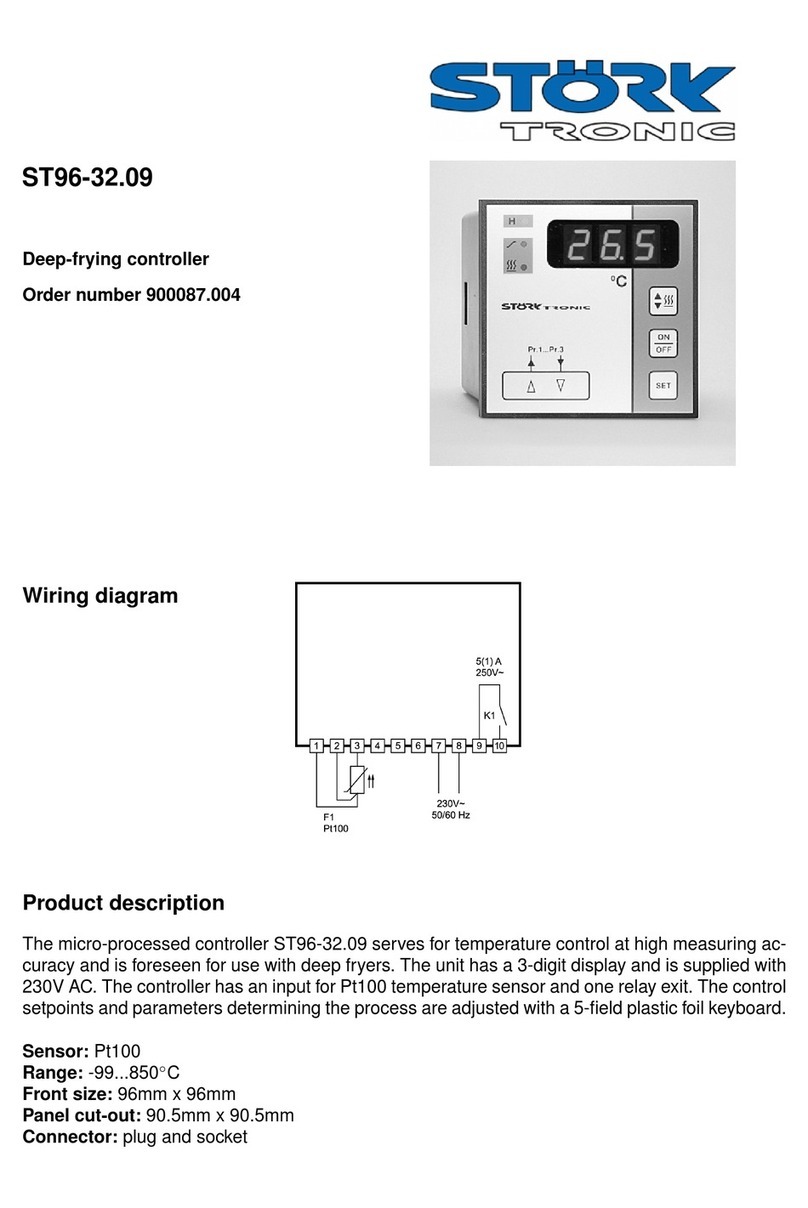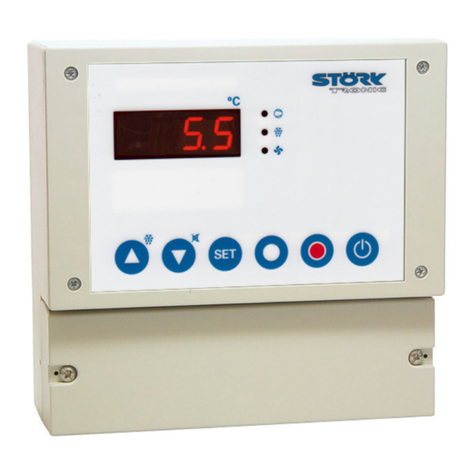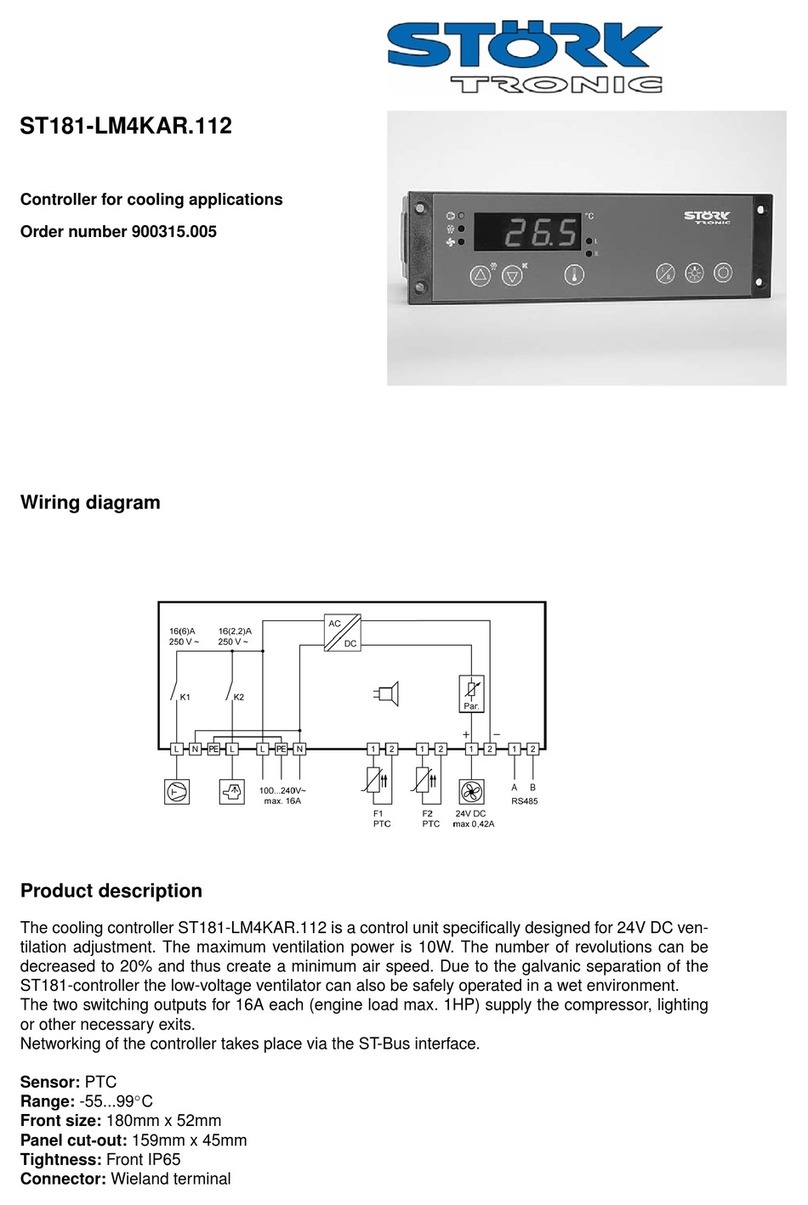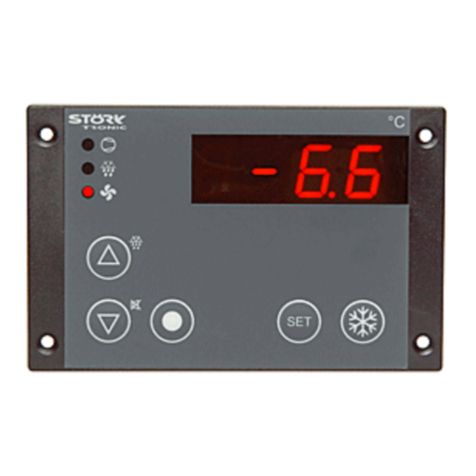
Para-
meter Function Adjustment range Standard
setting Customer
setting
H11 Time to switch to data record
2, Monday 0:00...23:59 0:00
H12 Time to switch to data record
1, Monday 0:00...23:59 0:00
H21 see H11, Tuesday 0:00...23:59 0:00
H22 see H12, Tuesday 0:00...23:59 0:00
H21 see H11, Wednesday 0:00...23:59 0:00
H22 see H12, Wednesday 0:00...23:59 0:00
H21 see H11, Thursday 0:00...23:59 0:00
H22 see H12, Thursday 0:00...23:59 0:00
H21 see H11, Friday 0:00...23:59 0:00
H22 see H12, Friday 0:00...23:59 0:00
H21 see H11, Saturday 0:00...23:59 0:00
H22 see H12, Saturday 0:00...23:59 0:00
H21 see H11, Sunday 0:00...23:59 0:00
H22 see H12, Sunday 0:00...23:59 0:00
H81 Starting time 1. defrost, daily 0:00...23:59 0:00
H82 Starting time 2. defrost, daily 0:00...23:59 0:00
H83 Starting time 3. defrost, daily 0:00...23:59 0:00
H84 Starting time 4. defrost, daily 0:00...23:59 0:00
H85 Starting time 5. defrost, daily 0:00...23:59 0:00
PA Access to parameters of third
control level
Password: "-19"
-99...+99
Programming cycle for switching times
Selection and adjustment:
By pressing the function key 4 after selection of the parameter to be adjusted, the respective
switch-time is indicated and can be set by additionally pressing the UP or DOWN key. Releasing
all keys, the new value is saved long term.
The parameters with odd numbers always determine the switch-over to data record 2, the following
parameters with even numbers determine the switch-back to data record 1. The leading number of
the parameter symbolizes the weekday, staring with “1” for Monday.
Within the group Defrost (H81 –H85) one can adjust five start times valid for all days. This groups
is symbolized by the leading number “8” in the parameter number.
The programming is analogue to a mechanic timer switch, where a marker for switch-on and one
for switch-off times can be set daily. Note that there is no switching if the adjusted switch-on and
switch-off times of an output are the same on the same day. A cross-over of the time values of a
contact is possible, but the respective times then are ineffective.
Between 23:59 and 0:00 there is the special position “----“. With this setting the respective time is
deactivated and has no more influence on the according switching output. This setting is used to
allow outputs to be switched on for several days.
